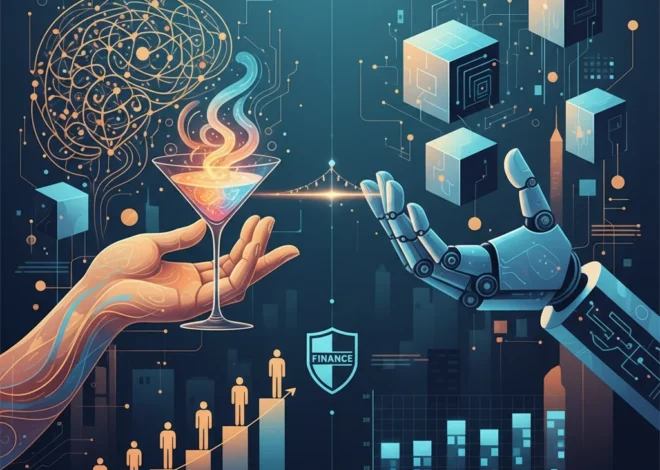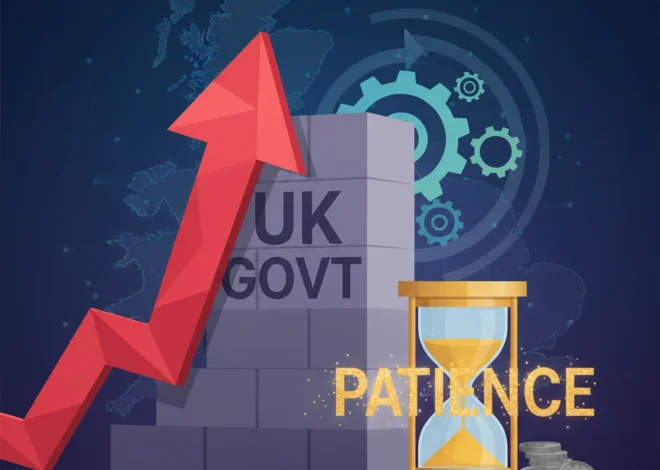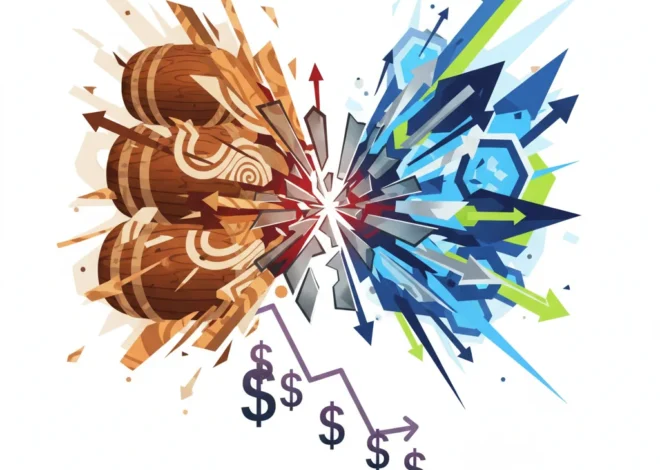
The Fan Economy: How Digital Tribes Are Becoming a New Asset Class
The Unseen Force Driving Billions: Why Investors and Business Leaders Must Pay Attention to Pop Fandom
In the world of finance, we are trained to analyze balance sheets, track market indices, and model future cash flows. We look for predictable patterns and quantifiable assets. Yet, one of the most powerful economic forces emerging today doesn’t appear on any quarterly report and can’t be easily modeled with traditional tools. It’s the raw, organized, and financially potent power of the modern fanbase.
When Taylor Swift’s “Eras Tour” was projected to generate economic activity rivaling the GDP of a small country, it wasn’t just about one artist’s popularity. It was a seismic signal of a fundamental shift in the relationship between creators, consumers, and capital. Amplified by social media and armed with digital tools, fanbases have evolved from passive consumers into active, decentralized economic engines. They are not just buying a product; they are co-creating value, influencing corporate strategy, and wielding market power with a sophistication that should make every investor, executive, and financial analyst take notice. This isn’t just about pop music; it’s a case study in the future of brand loyalty, community-driven value, and a new form of social capital that has profound implications for the broader economy.
From Passive Consumers to Active Stakeholders: The New Economics of Fandom
To grasp the magnitude of this shift, we must first understand the old paradigm. For decades, the music industry operated on a simple, one-way transaction model. Artists created, labels distributed, and fans consumed. The primary financial interaction was the purchase of a physical album or a concert ticket. Fan engagement was measured in units sold. Today, that model is obsolete.
The new “fan economy” is a complex, multi-directional ecosystem built on participation, emotional investing, and collective action. Social media platforms have dismantled the traditional barriers between artists and their followers, creating what the Financial Times calls a feeling of unprecedented closeness. This perceived intimacy fosters a powerful sense of ownership and responsibility among fans, transforming them into de facto brand managers, marketers, and market movers.
Let’s compare the old and new models to see how the value chain has been completely rewired.
| Aspect | The Old Model (Pre-Internet) | The New Fan Economy (Digital Age) |
|---|---|---|
| Fan Role | Passive Consumer | Active Stakeholder & Co-creator |
| Primary Interaction | Transactional (e.g., buying a CD) | Relational & Participatory (e.g., streaming, social media campaigns) |
| Value Metric | Units Sold | Engagement, Community Size, Market Influence |
| Communication | One-way (Artist to Fan via Media) | Multi-directional (Artist-Fan, Fan-Fan, Fan-Brand) |
| Economic Power | Limited to individual purchases | Collective power to influence charts, brands, and corporate decisions |
This evolution mirrors broader trends in economics and technology, where centralized systems are increasingly challenged by decentralized networks. The power is shifting from the institution to the individual—or more accurately, to the organized collective of individuals.
The New Witches of Wall Street: How Disruption is Rewriting the Rules of Finance
Fandom as a Financial Instrument: Coordinated Action and Market Impact
The most compelling aspect for those in finance is how fanbases now operate with a level of coordination reminiscent of sophisticated market players. They strategize, mobilize, and execute campaigns with clear economic objectives. We are no longer talking about simple fan clubs; we are talking about highly efficient, goal-oriented digital communities.
Consider the phenomenon of “chart manipulation.” While the term sounds negative, it represents a coordinated effort by fans to pool resources and influence a key market indicator—the music charts. Fans of K-pop groups like BTS are famous for organizing mass streaming and purchasing campaigns, meticulously timed to maximize their impact on Billboard rankings. This is, in essence, a form of grassroots market trading, where the “stock” is the artist’s song and the “exchange” is the streaming platform. They understand the algorithms and rules of the game and play it to win. For example, when fans felt that Western award shows or radio stations were ignoring their idols, they mobilized to demonstrate undeniable, data-driven proof of their commercial power (source).
This coordinated power extends beyond the charts. Fan armies can exert immense pressure on corporations. A brand that partners with an artist inherits not just a spokesperson, but an entire ecosystem of passionate advocates—or detractors. A misstep by the brand or a perceived slight against the artist can trigger a coordinated boycott, tanking a marketing campaign overnight. Conversely, an authentic partnership can unlock a level of brand loyalty and earned media that traditional advertising simply cannot buy. This dynamic turns a fan community into a significant, albeit intangible, asset—and a potential liability—on a company’s risk register.
The Double-Edged Sword: Volatility, Risk, and Ethical Dilemmas
However, this new paradigm of fan power is not without significant risks. For investors and businesses looking to engage with this world, understanding the downside is critical. The same passion that drives record-breaking sales can also fuel intense backlash and volatility, creating a risk profile not unlike a speculative asset on the stock market.
The intense, parasocial relationships that define modern fandom can lead to a sense of entitlement and control. As the FT article notes, this can manifest as “policing their idols’ every move” (source). An artist’s personal choices, creative direction, or even a minor public misstep can trigger a revolt, leading to reputational damage that directly impacts their commercial viability. This creates immense pressure on creators, who must now manage not only their art but also the complex emotional and financial expectations of millions of quasi-stakeholders.
Furthermore, the line between passionate support and unethical market manipulation can be blurry. While coordinated streaming is currently accepted, it raises questions about the integrity of market indicators. Is a #1 hit truly the most popular song in the country, or is it the one with the most organized digital workforce behind it? This poses a challenge for anyone using these metrics for financial forecasting or investment decisions.
St. James's Place's High-Stakes Gamble: Can a Titan of Finance Reinvent Itself?
The Investment Thesis: Capitalizing on the Community Asset
Despite the risks, the fan economy represents a formidable and largely untapped opportunity. For savvy business leaders and investors, the key is to stop viewing fans as consumers and start seeing them as a powerful, self-organizing asset class. Here’s how to approach it:
- For Investors: When evaluating companies in the media, entertainment, and consumer goods sectors, look beyond traditional metrics. Analyze the strength, size, and engagement level of the communities they serve. A company with a deeply committed “fanbase”—be it for a product, a brand, or a creator—has a powerful moat. This “social capital” is a leading indicator of resilience, pricing power, and long-term growth potential. It’s a crucial part of modern due diligence.
- For Business Leaders: The music industry is a living laboratory for community building. The lesson is clear: cultivate participation, not just transactions. Empower your customers to become advocates. Create platforms for them to connect with each other and with your brand. The return on investing in community infrastructure can dwarf traditional marketing spend by fostering organic growth and unbreakable loyalty.
- For the Financial Sector: The rise of the fan economy creates a demand for new financial products. There are immense opportunities in fintech to develop tools for these communities. Think of platforms for fan-led funding of projects, micro-investment in creative assets, and secure systems for pooling and deploying capital. This is a new frontier for the banking and payments industry.
The story of fan power reshaping pop music is more than just a cultural headline. It is a powerful illustration of how digital networks are redistributing power and creating new forms of value. The forces at play—decentralization, community mobilization, and the fusion of emotional and financial investment—are not confined to entertainment. They are a preview of the future of the digital economy. Understanding the dynamics of the fan economy is no longer optional; it is essential for anyone seeking to navigate the investment landscape of the 21st century.
The Trillion-Dollar Pivot: How Qatar's Financial Muscle is Reshaping Global Alliances


